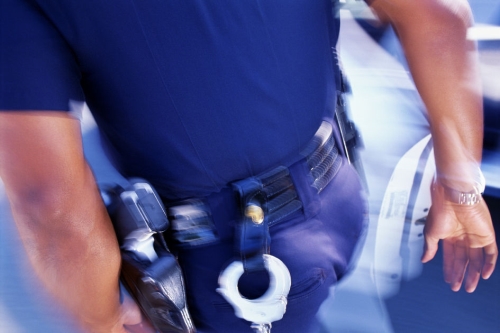Police brutality may have received more press coverage in the last few years than in the past, but that, unfortunately, hasn’t correlated to a positive change. In fact, statistics show police brutality deaths have risen.
In 2016, fatal police shootings 963 people. In 2017, the total grew to 987 deaths. In 2018, police have shot and killed 778 people – putting the country on track to exceed previous years by December.
The police brutality spike is worrisome for people all over the U.S. and makes many wonder what’s causing the increase – as well as how to stop it.
Police Brutality Facts and Statistics
Tracking the numbers on police use of deadly force sheds light on this issue throughout the U.S. While not all fatal shootings constitute police brutality, many do. The increase in fatal police shootings leads many to conclude that police are becoming more inclined to use deadly force in situations where lesser force might have been more appropriate. Unfortunately, statistics on police brutality specifically are difficult to track – mainly due to lack of police officer accountability. National courts only indict police officers in less than 1% of killings – but the civilian indictment rate is 90%.
From what researchers know, police deadly force takes a citizen’s life about every seven hours on average. More than half (52%) of police officers admit to ignoring improper conduct from other officers, according to the U.S. Department of Justice. A shocking 84% of police officers in one survey said they’d personally witnessed fellow officers using “more force than necessary.” Based on one fatal police shooting map, the majority of fatal police encounters in 2018 have occurred in California (88 shootings), followed by Texas (68), and Florida (48). Almost all 50 states have reported fatal police shootings so far this year.
Since 2016, the rate of fatal police shootings has steadily risen despite national scrutiny of police brutality. Every year, the number of unarmed African American victims is disproportionate to other ethnicities. An African American unarmed individual is about twice as likely to die from police deadly force than an unarmed Caucasian individual. About 25% of people police officers kill on duty didn’t have weapons on them at the time of death. Use of deadly force isn’t the only form of police brutality that has increased, however; excessive force remains the most common form of police misconduct.
Other Forms of Police Brutality
Although use of deadly force is the most extreme form of police brutality, hundreds of citizens suffer from lesser forms every day. Police brutality can take many forms, both physical and verbal. Using more force than necessary, improper takedowns, unnecessary use of tasers, false arrest, wrongful imprisonment, racial discrimination, wrongful search and seizure, and sexual harassment and abuse are all examples of police misconduct or brutality. Excessive force, the most common example, with a baton or fists, can cause serious injuries to victims, such as:
- Bone fractures
- Cuts, scrapes, and serious lacerations
- Bruises and contusions
- Head and traumatic brain injuries
- Back and neck injuries
- Internal bleeding
- Heart attack
Baltimore law enforcement officers aren’t immune to bouts of police brutality. Recently, the Baltimore police suspended an officer (with pay) for use of excessive force in which he repeatedly punched a suspect in the face, causing suspected fractures. If you or a loved one suffers police brutality in Baltimore, you have rights. The law may entitle you to financial compensation for your medical bills, pain and suffering, emotional distress, property damage, and lost wages. Always hire a lawyer to represent you during these personal injury or wrongful death claims. Going up against Baltimore police isn’t easy, but the odds of success are higher with legal representation.


